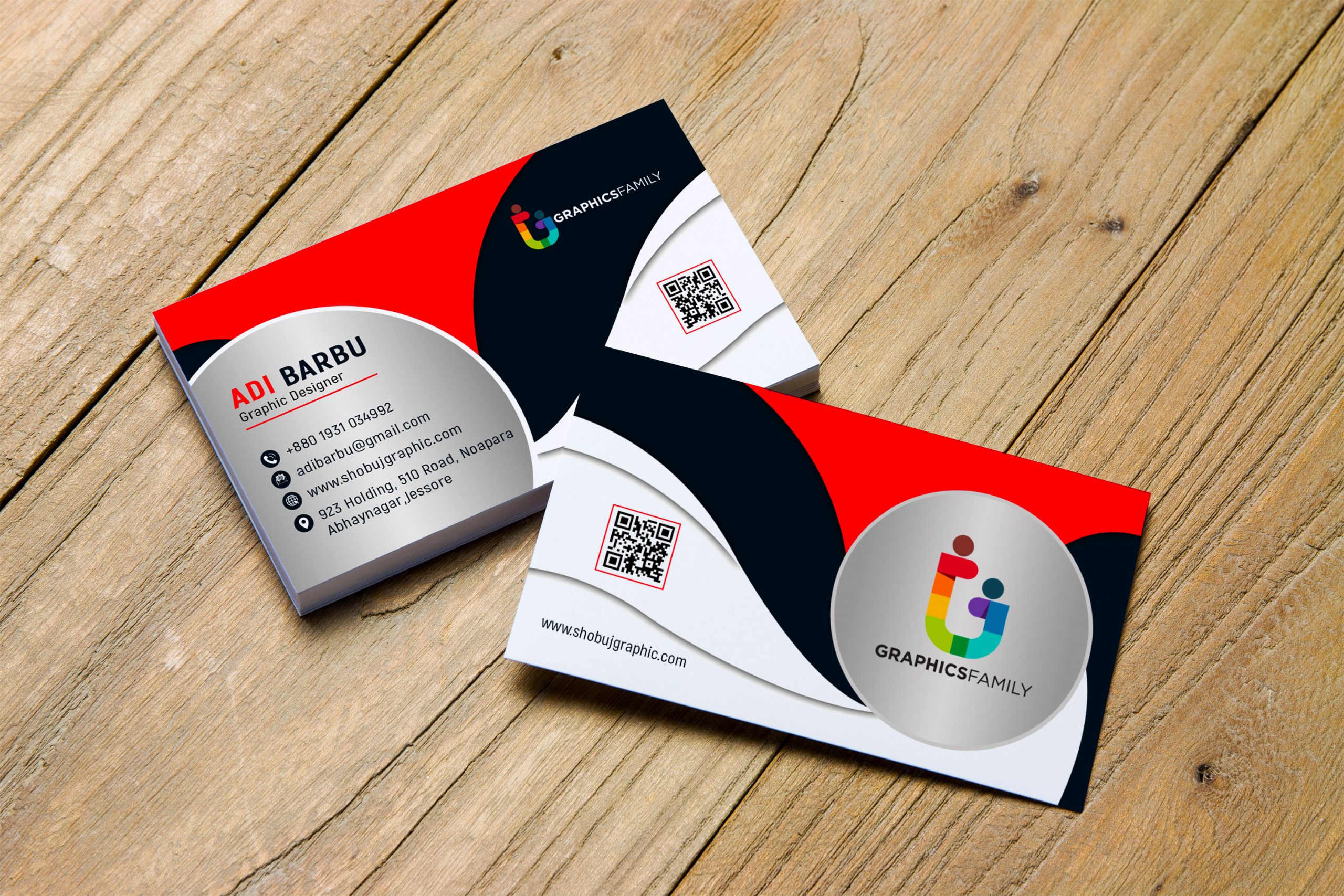Ideas for Business Cards Design in 2025: Embracing Innovation and Creativity
Related Articles: Ideas for Business Cards Design in 2025: Embracing Innovation and Creativity
- The Idea Quotes Light Bulb 2025: Illuminating Innovation
- Best Business Ideas In India For Future 2025
- Exchange Ideas Synonym 2025: Exploring The Future Of Knowledge Exchange
- Apartment Builders Name Ideas 2025: A Comprehensive Guide
- 50th Birthday Gift Ideas For 2025: A Timeless Celebration
Introduction
With enthusiasm, let’s navigate through the intriguing topic related to Ideas for Business Cards Design in 2025: Embracing Innovation and Creativity. Let’s weave interesting information and offer fresh perspectives to the readers.
Table of Content
Video about Ideas for Business Cards Design in 2025: Embracing Innovation and Creativity
Ideas for Business Cards Design in 2025: Embracing Innovation and Creativity

In the ever-evolving landscape of business, first impressions matter more than ever. As we approach 2025, the traditional business card is poised to undergo a significant transformation, driven by technological advancements and the increasing demand for personalized and impactful communication. Here are some innovative ideas that are shaping the future of business cards design:
1. Interactive and Dynamic Designs:
Business cards are no longer static pieces of paper. With the integration of QR codes, NFC chips, and augmented reality (AR), they have become interactive gateways to a wealth of information. By scanning a QR code, recipients can access your website, social media profiles, or a personalized video message. NFC chips allow for instant contact sharing and payment transactions. AR technology can bring your business card to life, creating an immersive experience that showcases your products or services.
2. Eco-Friendly and Sustainable Materials:
Environmental consciousness is becoming increasingly important in all aspects of business. Business cards made from sustainable materials, such as recycled paper, bamboo, or cork, not only demonstrate your commitment to environmental stewardship but also leave a lasting impression on eco-conscious clients. Consider using biodegradable inks and finishes to further reduce your environmental footprint.
3. Personalized and Data-Driven:
In the age of personalization, generic business cards are becoming obsolete. Data-driven insights allow you to tailor your business card design to the specific needs and preferences of your target audience. By analyzing customer demographics, industry trends, and behavioral data, you can create cards that resonate with your recipients and increase your chances of making a lasting connection.
4. Multi-Functional Designs:
Business cards are no longer solely for exchanging contact information. With creative design, they can serve multiple purposes. Consider incorporating a built-in pen, a mini notepad, or a USB flash drive into your card. This added functionality not only increases the perceived value of your card but also provides a practical tool that recipients will appreciate.
5. Immersive and Sensory Experiences:
In an increasingly digital world, sensory experiences are becoming increasingly sought after. Business cards that incorporate tactile elements, such as raised textures, metallic accents, or embossed logos, create a lasting impression that appeals to multiple senses. Consider using scented inks or unique finishes to evoke emotions and create a memorable brand experience.
6. Vertical Orientation and Unique Shapes:
Break away from the traditional horizontal business card format by exploring vertical orientations or unique shapes. This unconventional approach instantly sets your card apart and makes it more likely to be noticed. Consider using die-cutting techniques to create intricate designs or add a touch of whimsy to your card.
7. Minimalist and Sophisticated:
In an era of information overload, simplicity is key. Minimalist business cards with clean lines, elegant typography, and a focus on negative space convey a sense of professionalism and sophistication. By avoiding clutter and unnecessary embellishments, you can create a card that is both visually appealing and easy to read.
8. Augmented Reality Integration:
Augmented reality (AR) technology has the potential to revolutionize business card design. By superimposing digital content over the physical card, you can create an immersive and interactive experience. AR-enabled business cards can showcase virtual product demos, provide interactive maps, or offer exclusive behind-the-scenes content.
9. Biometric Authentication:
As security concerns continue to rise, biometric authentication is becoming increasingly prevalent in various industries. Business cards integrated with biometric features, such as fingerprint or facial recognition, provide an extra layer of security for sensitive information. This innovative approach ensures that only authorized individuals have access to your contact details.
10. AI-Generated Designs:
Artificial intelligence (AI) is transforming the way businesses operate, and business card design is no exception. AI-powered tools can analyze your brand identity, target audience, and industry trends to generate unique and personalized business card designs. This streamlines the design process and ensures that your card aligns perfectly with your brand’s vision and values.
Conclusion:
As we move towards 2025, business cards are evolving into more than just simple contact information exchange tools. By embracing innovation and creativity, businesses can create interactive, sustainable, personalized, and immersive business cards that leave a lasting impression and drive tangible business results. Whether you choose to incorporate interactive elements, use eco-friendly materials, or leverage data-driven insights, the future of business card design is all about creating a memorable and engaging experience for your target audience.
![[IMGSRCTITLE2]](https://mir-s3-cdn-cf.behance.net/project_modules/1400/31e5a074422769.5c2f523a9939d.jpg)
![[IMGSRCTITLE3]](https://static-cse.canva.com/blob/570288/BusinesscarddesignbyStudioUN.jpg)
![[IMGSRCTITLE4]](https://mir-s3-cdn-cf.behance.net/project_modules/1400/71882b73106241.5bfe9204a2eda.jpg)
![[IMGTITLE5]](https://webneel.com/daily/sites/default/files/images/daily/01-2020/2-business-card-design-idea.jpg)
![[IMGTITLE6]](https://webneel.com/daily/sites/default/files/images/daily/01-2020/4-business-card-design-idea.jpg)
![[IMGTITLE7]](https://mir-s3-cdn-cf.behance.net/project_modules/1400/63998f96226161.5ea992757b326.jpg)
![[IMGTITLE8]](https://graphicdesignjunction.com/wp-content/uploads/2012/11/creative+business+cards+design+11.jpg)
![[IMGTITLE9]](https://mir-s3-cdn-cf.behance.net/project_modules/max_1200/0d2ae896226161.5ea9927579e17.jpg)
Closure
Thus, we hope this article has provided valuable insights into Ideas for Business Cards Design in 2025: Embracing Innovation and Creativity. We appreciate your attention to our article. See you in our next article!